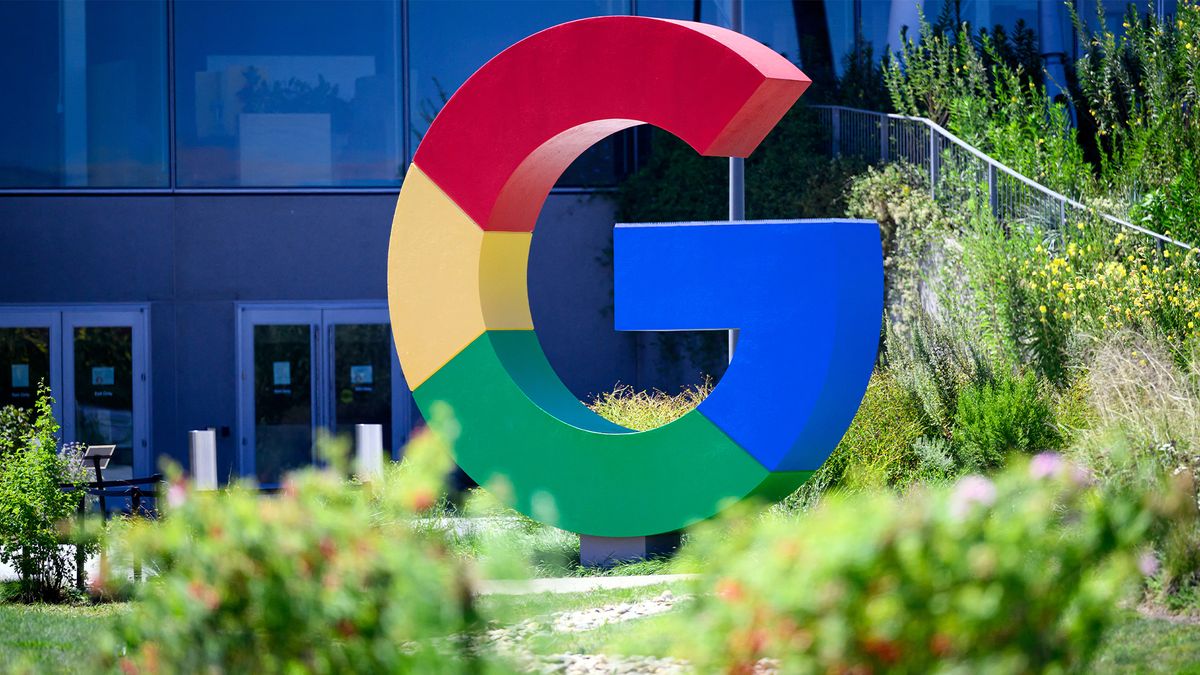Google has redoubled its sustainability efforts and signed a long-term supply agreement with solar energy firm Energix Renewables.
Under the agreement, Energix will supply electricity to Google via its solar power operations, covering a 1.5GW peak of solar project development until 2023. There is an option included in the deal for further expansion and development.
Energix will also supply Renewable Energy Credits (RECs) generated from its solar projects and developments to Google, allowing Energix to receive tax equity.
According to Energix, this deal “guarantees” a market-adjusted price with a downside protection mechanism for energy, as well as competitive Renewable Energy Certificate (REC) pricing.
Both parties have reportedly already signed the first two Power Purchase Agreements (PPAs) under the deal.
“We are thrilled to embark on this strategic collaboration with Google,” Asa Levinger, CEO of Energix, said.
“This agreement underscores our leadership in the U.S. renewable energy market, enabling us to leverage our unique expertise and resources for unparalleled growth and advancing Google towards its net zero and 24/7 carbon-free energy ambitions,” he added.
The deal also draws attention to the importance of collaboration in meeting sustainability goals, Amanda Peterson Corio, Global Head of Data Center Energy at Google, added.
“There is no one-size-fits-all solution when it comes to decarbonizing our electricity grids and no one company can do it on their own,” she said.
“This type of collaboration is essential as we continue to progress towards our ambition to run on 24/7 carbon-free energy (CFE) on every grid where we operate every hour of every day,” she added.
Google’s renewable energy journey
Google has been on a mission to drive energy consumption as companies industry-wide experience surging electricity use and emissions on the back of expanding data centers for AI demands.
According to an internal sustainability review, the firm’s greenhouse gas production increased by almost half in the last five years, putting serious strain on Google’s sustainability goals.
The tech giant has made no secret of its renewable energy goals in recent months, however. Earlier this year, for example, Google announced a deal with NV Energy to power some of its data centers with geothermal energy.
Back in 2022, Google joined forces with French energy company ENGIE and a Scottish offshore wind power project to provide renewable energy. Google has built on this partnership with ENGIE through further PPAs in Europe.
In May, it also committed to using the waste heat from some of its data centers in Finland to warm nearby homes and businesses and repurpose the load of its consumption.
Other big names are in the same boat, such as Microsoft which recorded a 29% surge in carbon emissions spurned by its expanding data center portfolio. The firm has been signing renewable energy deals to offset such sources of carbon production.
For example, it committed an investment of $10 billion into a renewable energy framework deal with investment bank Brookfield earlier this year. This deal is set to unlock a further 10.5 gigawatts of electricity generation between 2026 and 2030 in the US and Europe.
AWS, meanwhile, has also been exploring alternative energy sources, evidenced by plans to use nuclear power at its data centers. The firm has reportedly already hit its goal to reach 100% renewable energy seven years early after setting its sights on a 2030 fulfillment date.
